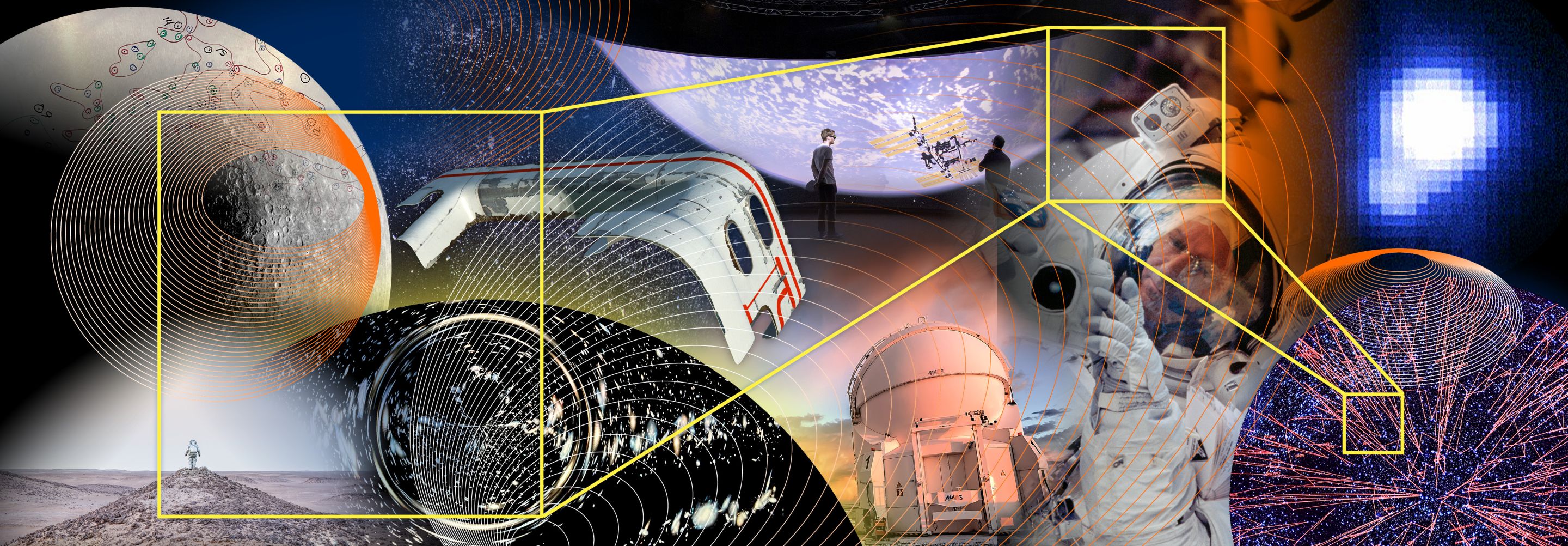From Tuesday to Sunday:
11 am – 6 pm
Closed on Monday
Free admission
Melding art and science, Cosmos Archaeology: Explorations in Time and Space reveals the depths of the Universe through physical, perceptual and sensory interaction. Harnessing technologies of immersive and interactive visualization and the visual arts, the exhibition transforms the most complex astrophysical data into sounds and images that everyone can experience. Cosmos Archaeology empowers us to explore stars and galaxies formed over 13.7 billion years and to grasp the extent and evolution of our immense Universe in unprecedented ways.
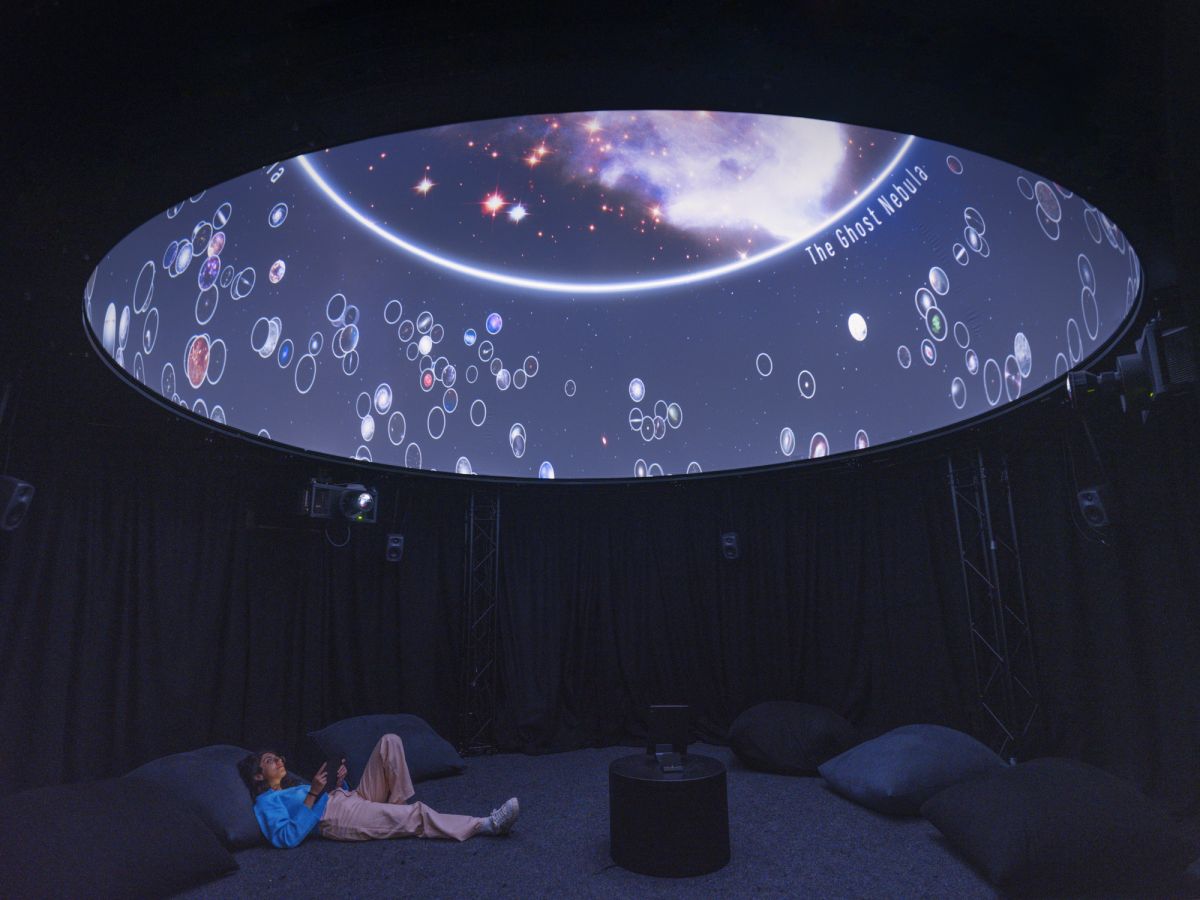
Cosmic Collisions, 2022, eM+.
Photo: Julien Gremaud.
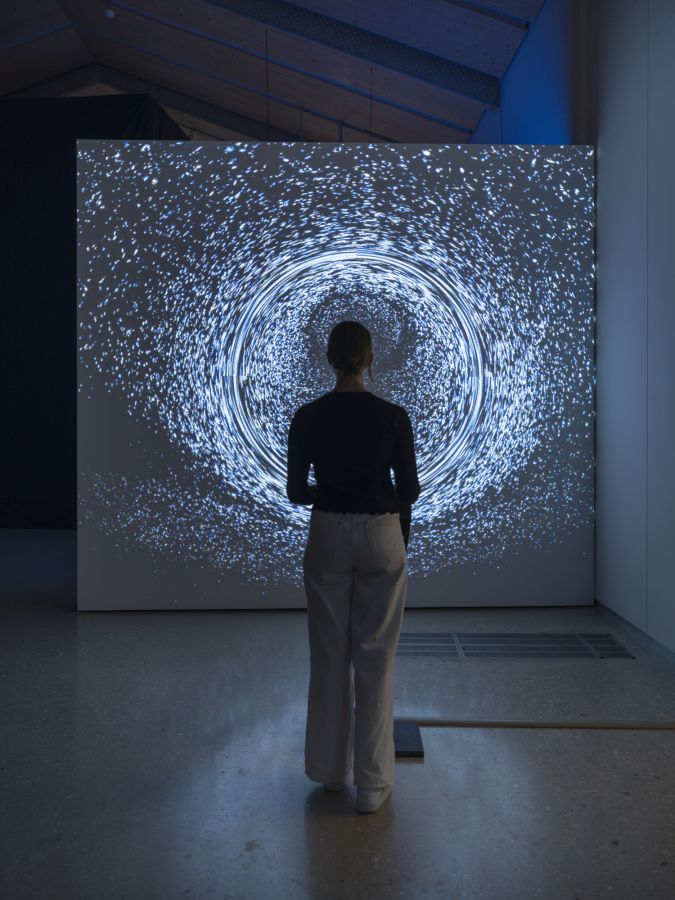
Space Time Elastic, 2022, LASTRO, eM+.
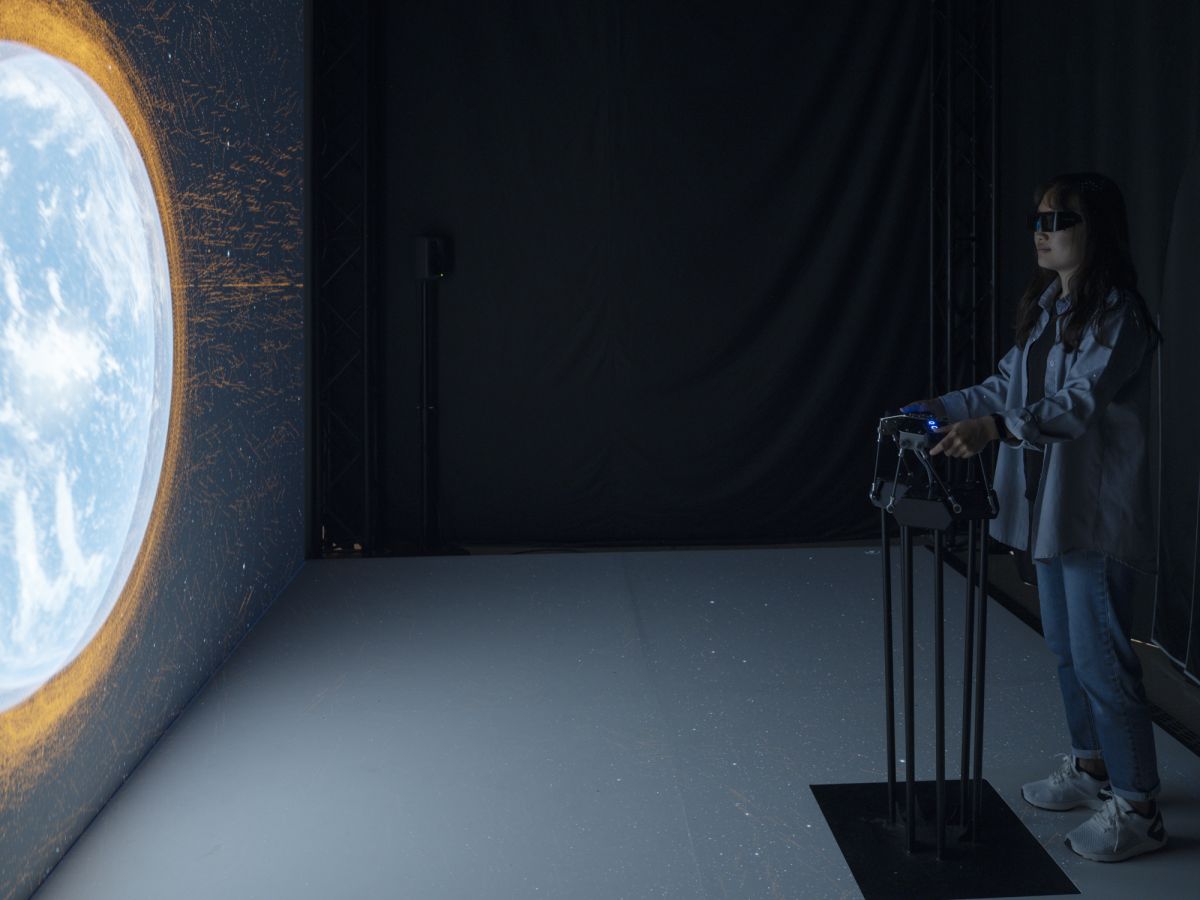
The Dynamic Universe, 2022, LASTRO, eM+.
Photo: Julien Gremaud.
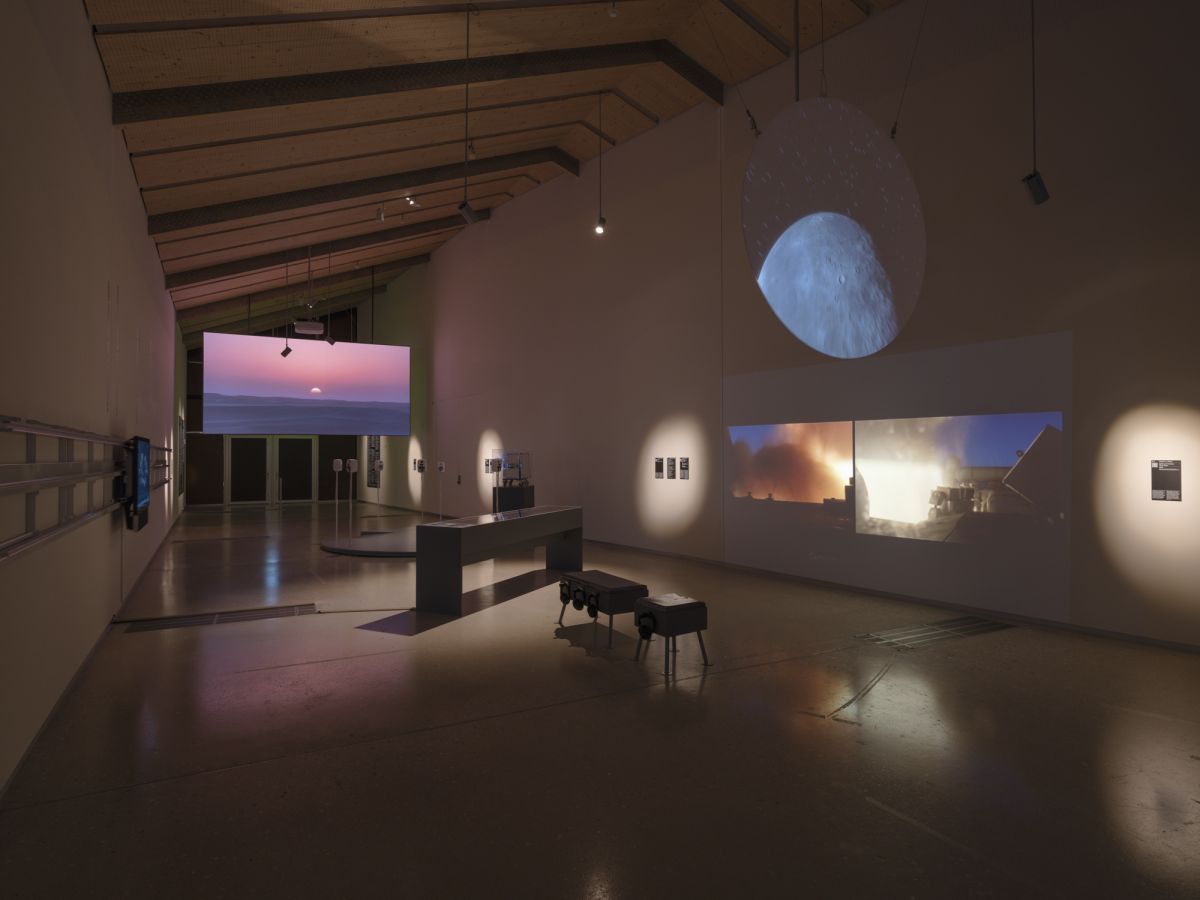
Exhibition view.
Photo: Julien Gremaud.
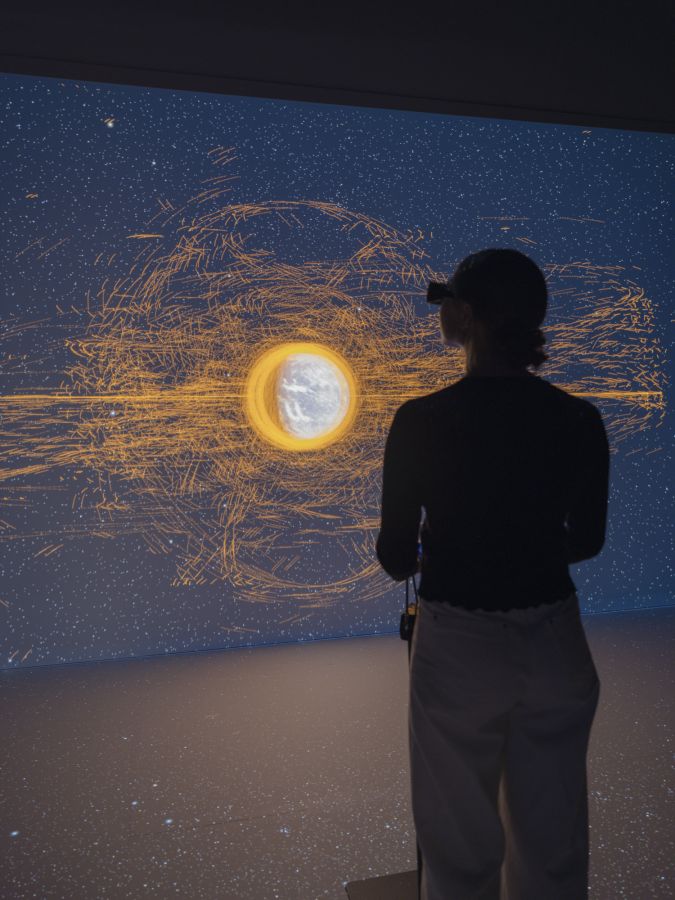
The Dynamic Universe, 2022, LASTRO, eM+.
Photo: Julien Gremaud.
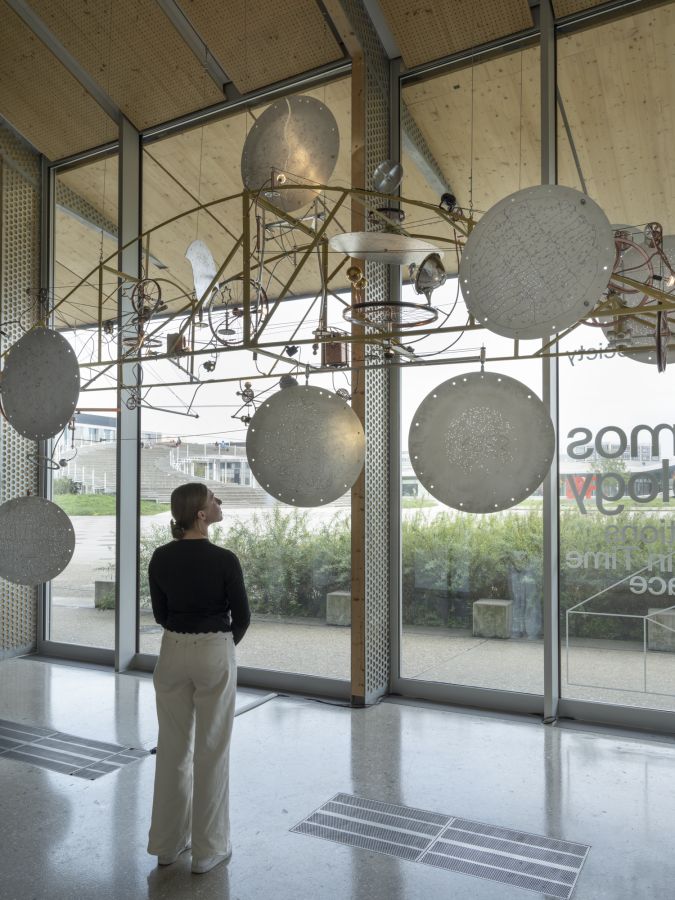
Star Mapping Sculpture, 2022, Pascal Bettex.
Photo: Julien Gremaud.
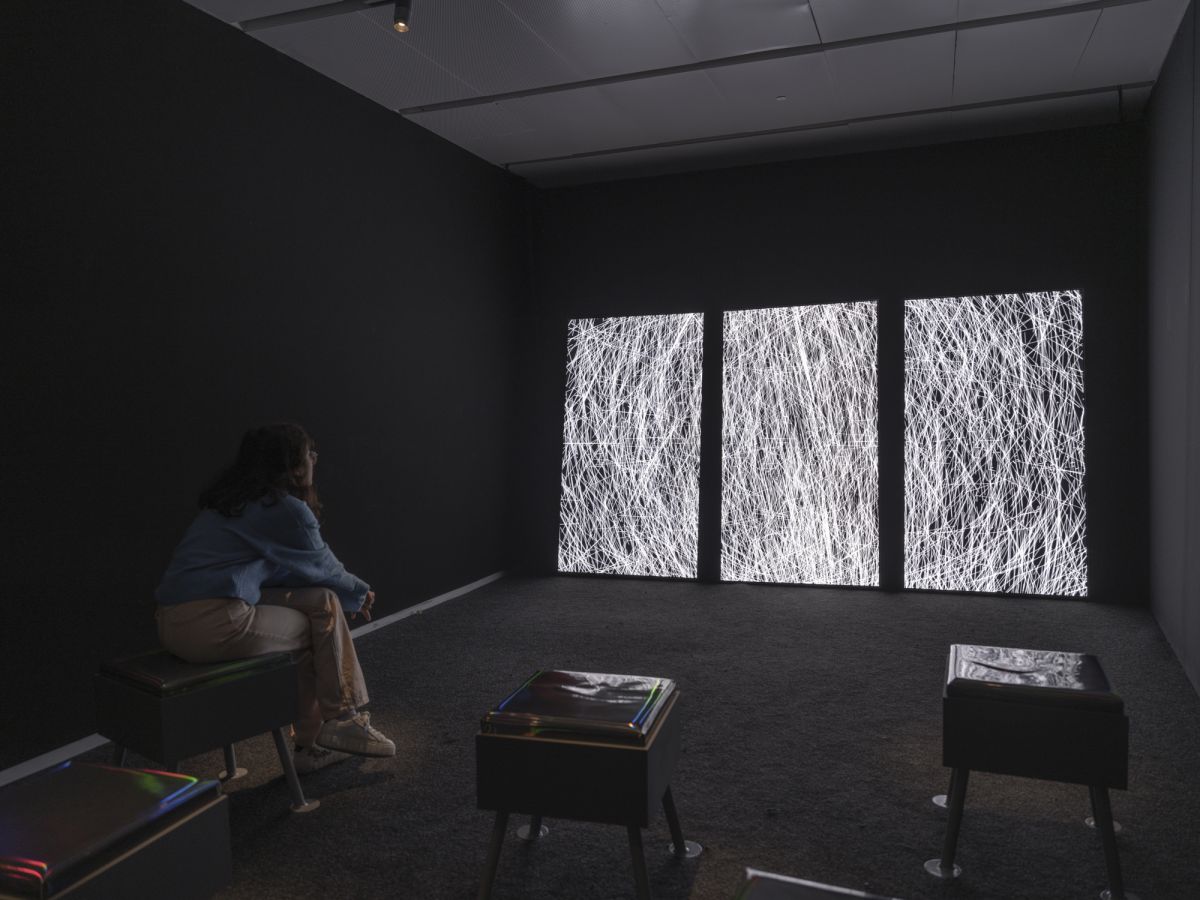
OrbitsTriptychon, 2022, Quadrature.
Photo: Julien Gremaud.
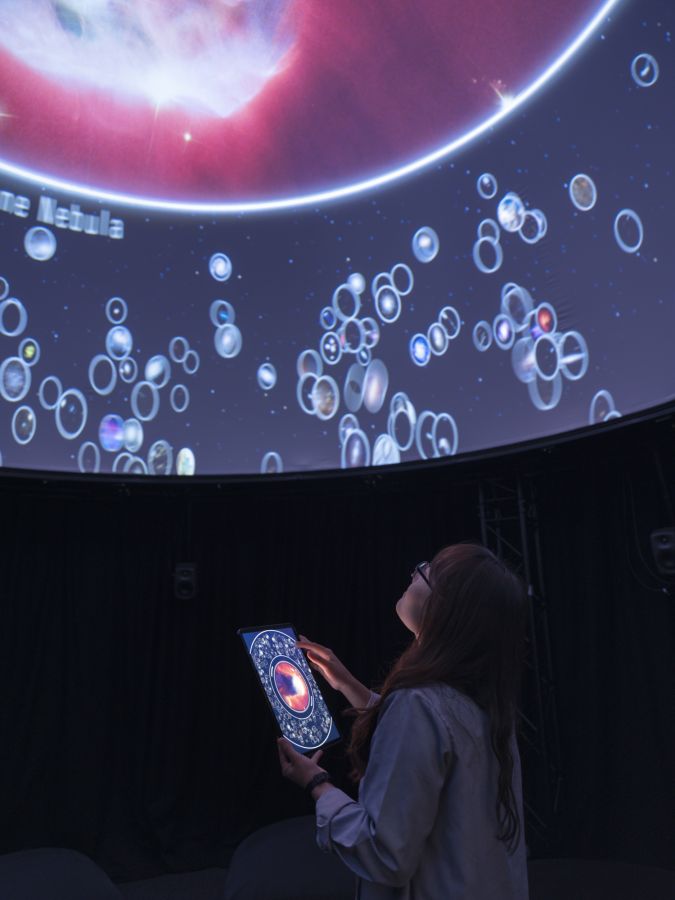
Cosmic Collisions, 2022, eM+.
Photo: Julien Gremaud.
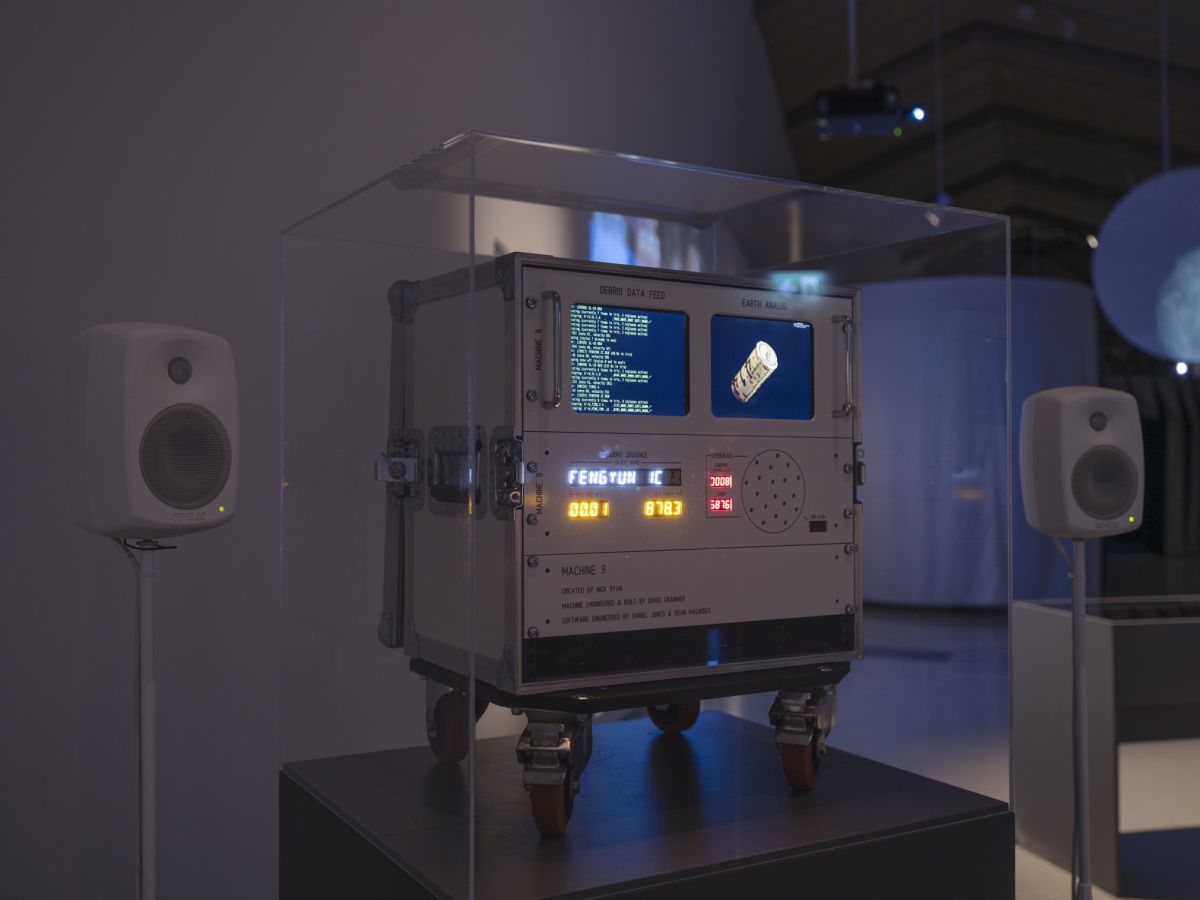
Machine 9, 2017, Nick Ryan.
Photo: Julien Gremaud.
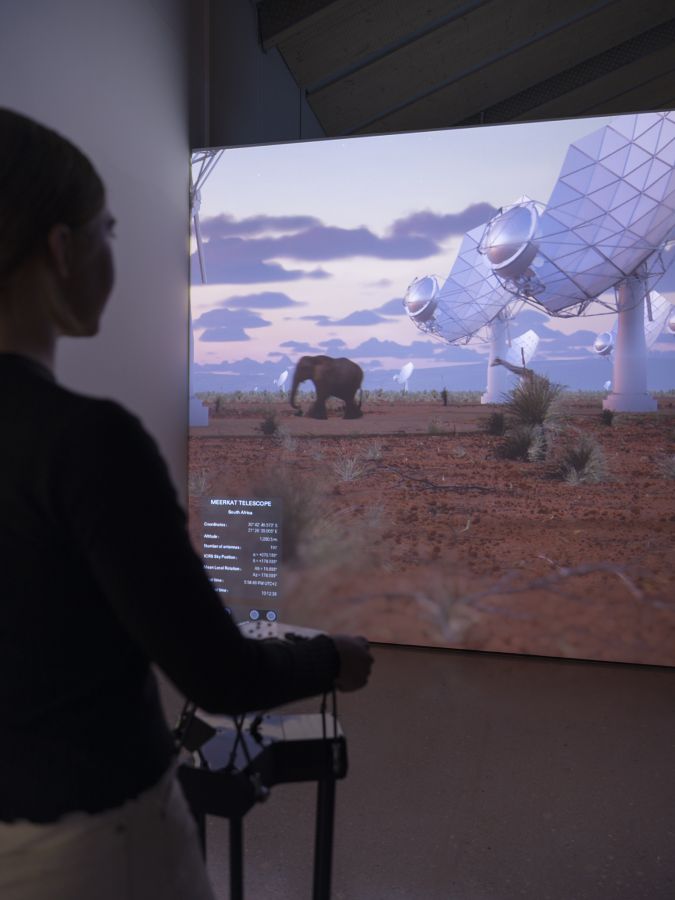
SKA Simulator, 2022, eM+.
Photo: Julien Gremaud.
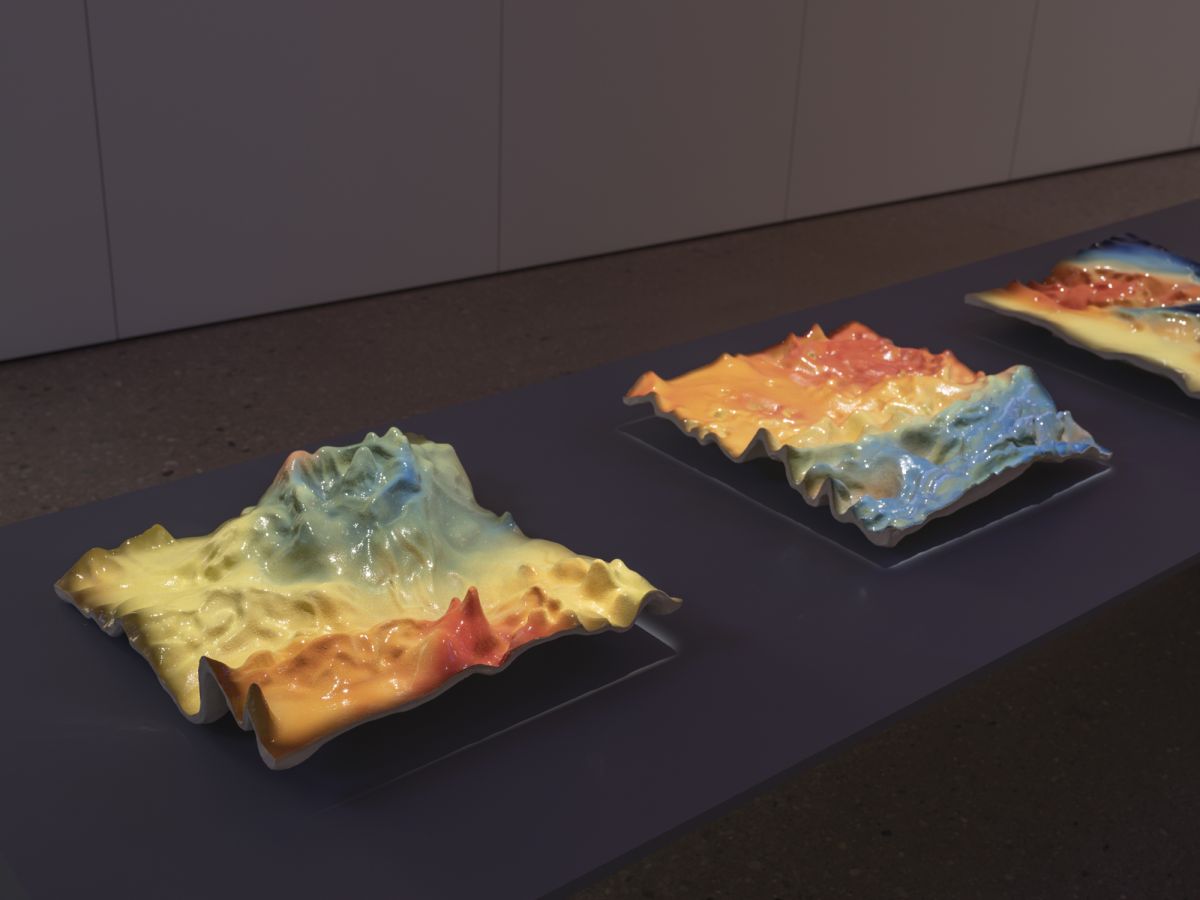
Aphrodite Terra, Venera 00307 - 00310, 2021, Anna Hoetjes.
Photo: Julien Gremaud.
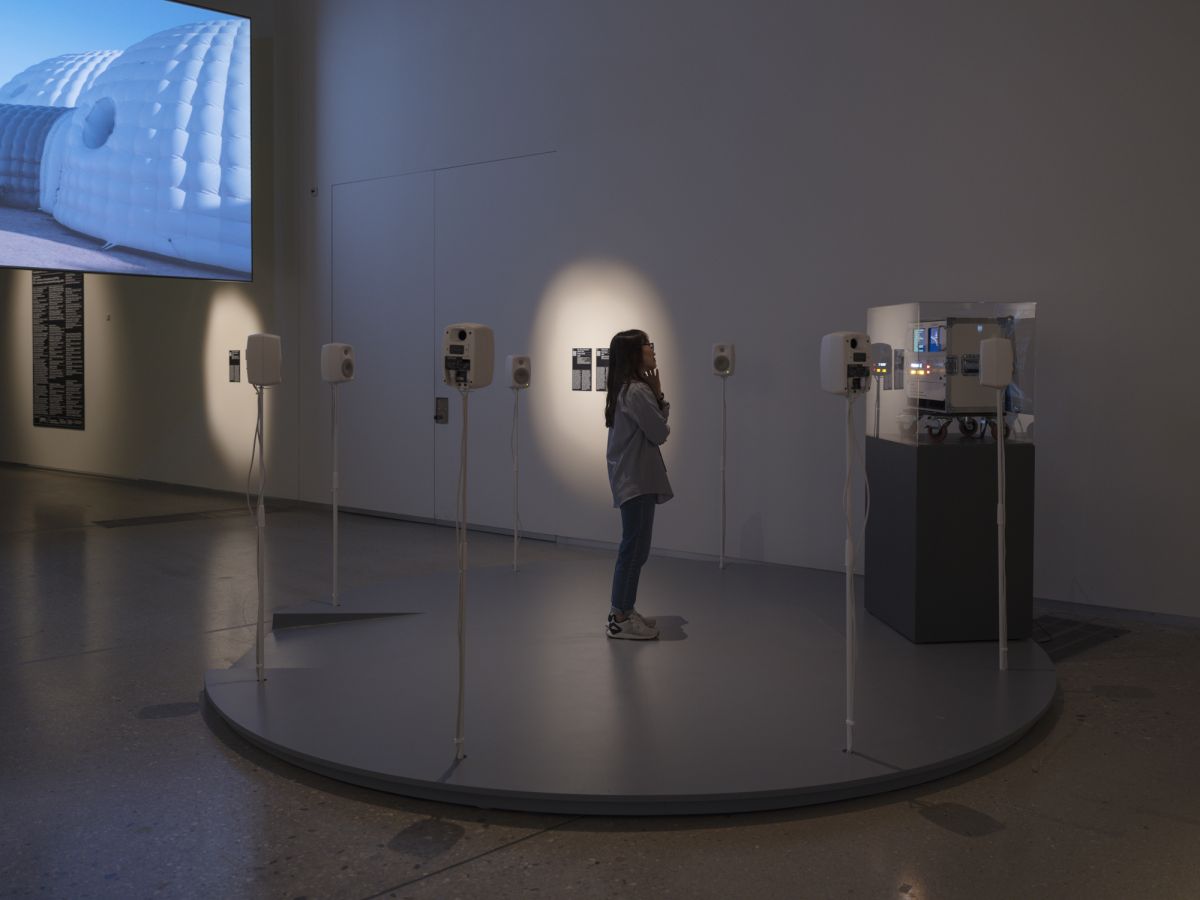
Machine 9, 2017, Nick Ryan.
Photo: Julien Gremaud.
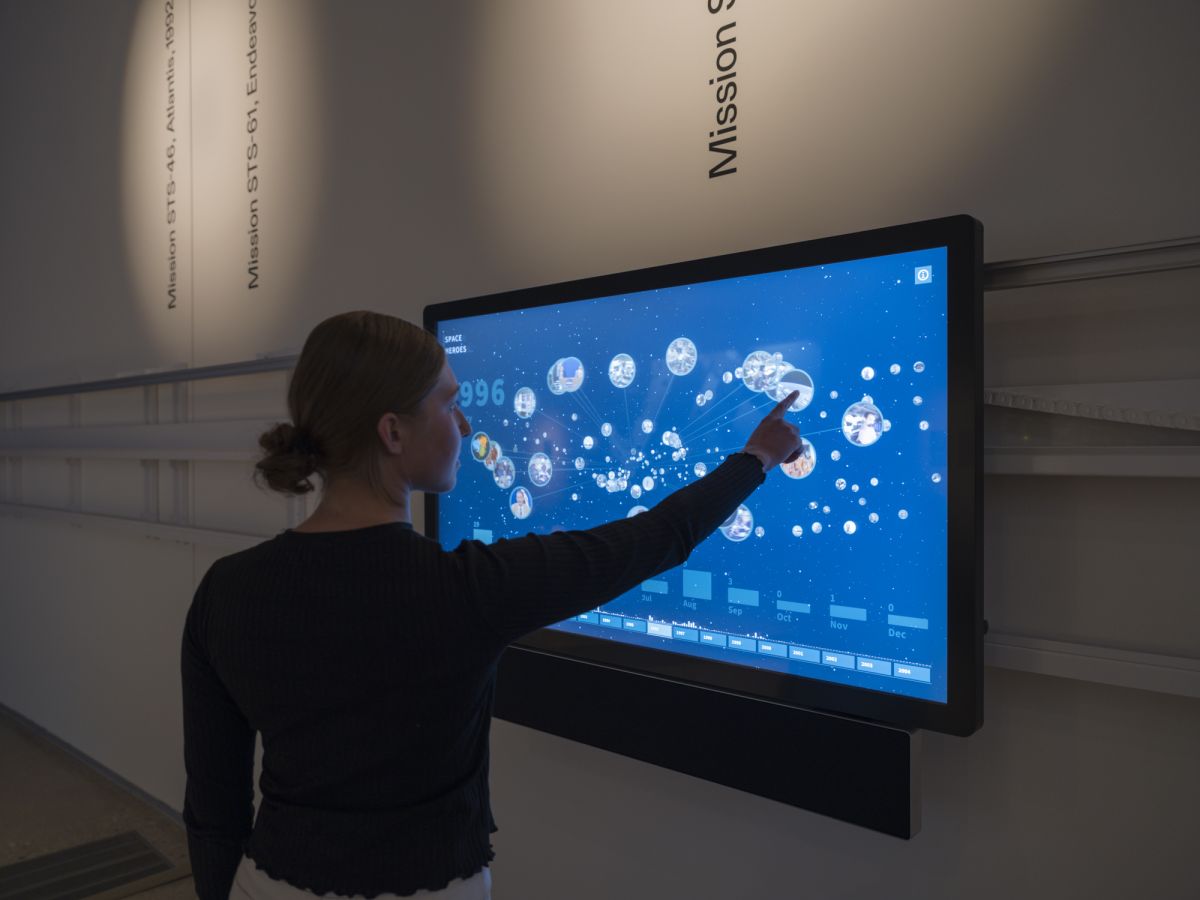
Space Heroes, 2022, eM+
Photo: Julien Gremaud.

Dark Cloud of Debris, 2022, Theodore Kruczek
Photo: Julien Gremaud.
Since the dawn of time, humans have gazed at the stars and attempted to comprehend the cosmos, driven by their fierce desire for exploration. Throughout centuries of observation, our perception of the Universe has evolved along with the tools we have invented to map and chronicle its formation. Paradoxically, while leading to ground-breaking scientific advances, new astronomical technologies produce boundless volumes of abstract data that is largely unintelligible to most.
Cosmos Archaeology presents 19 installations that break down the artificial gap between scientific rigour and visual experience to transform this imperceptible data into experiences accessible to human senses. In two years of research, the EPFL’s Laboratory for Experimental Museology (eM+) and Laboratory of Astrophysics (LASTRO) have elaborated a series of custom immersive interfaces specifically for astrophysical data, in the form of interactive data simulation and visualization, immersive projections, 3D film and augmented reality.
Echoing these installations, a selection of contemporary artworks connects us with the sounds and surfaces of space and other planets, through painting, sculpture, photography, and audio or video installation, each one provoking new sensory encounters with the cosmos. Finally, the exhibition opens up the video archives of Swiss astronaut Claude Nicollier, while also celebrating the legacies of unacknowledged space pioneers who devoted their lives to exploring the Universe.
In its diverse and critical perspectives, Cosmos Archaeology prompts us to rethink the historic, human, and environmental aspects of our relation to the Universe. Through its visceral and tangible contemporary representations, the exhibition enables both scholars and the public to access the space-time continuum and the depths and the history of the Universe, making us all archaeologists of the cosmos.
